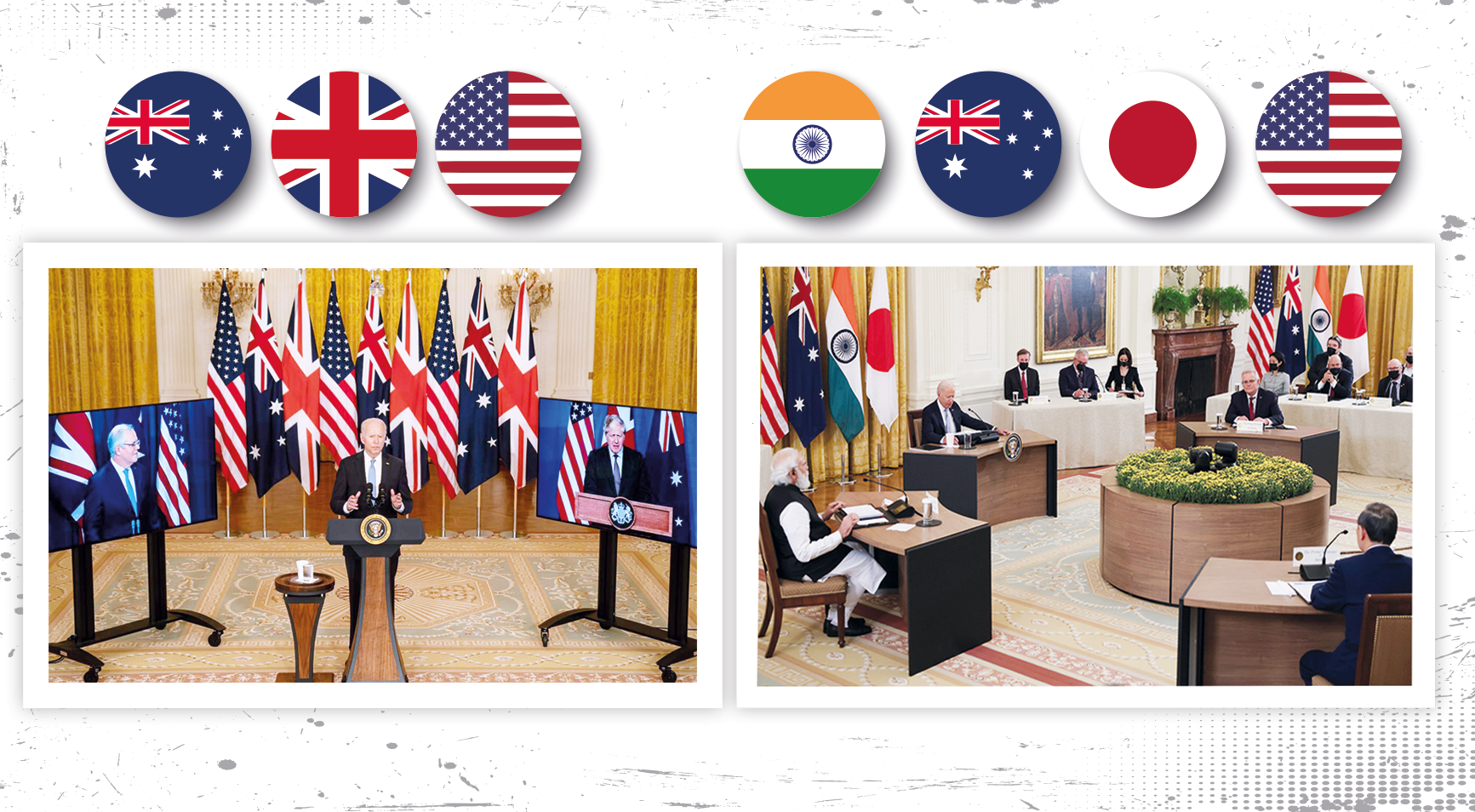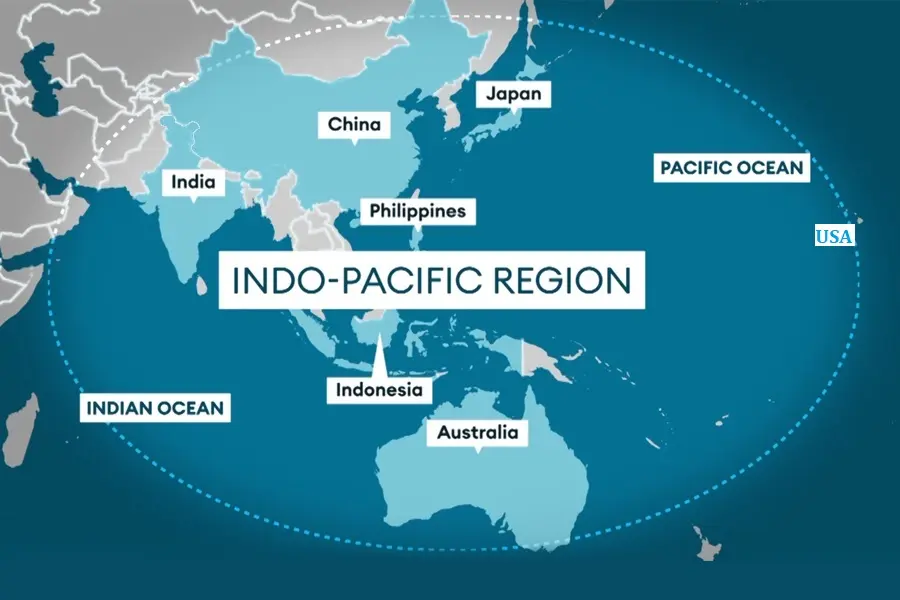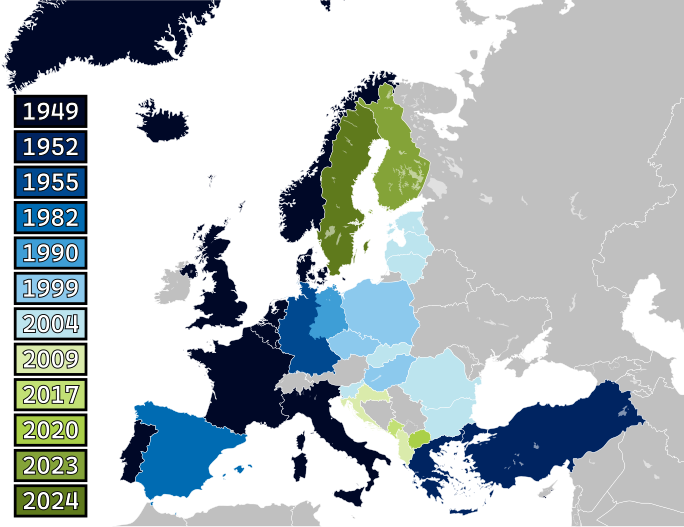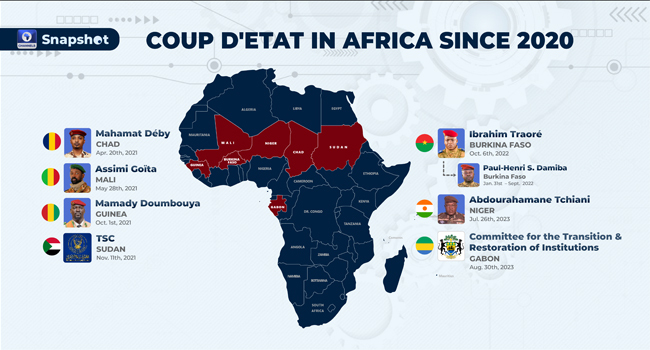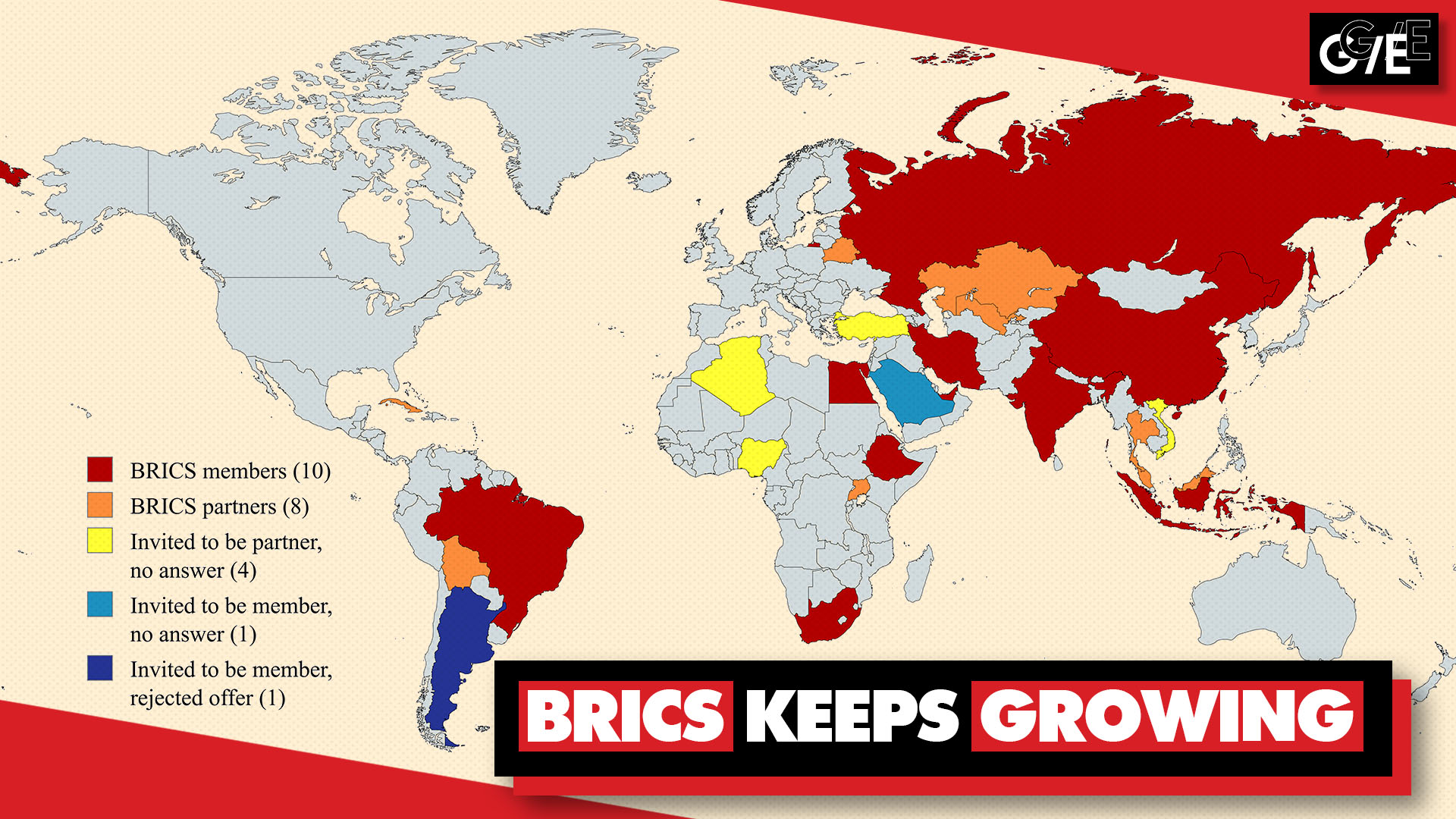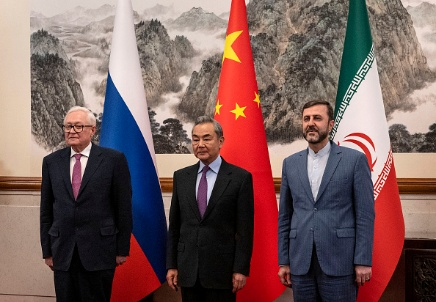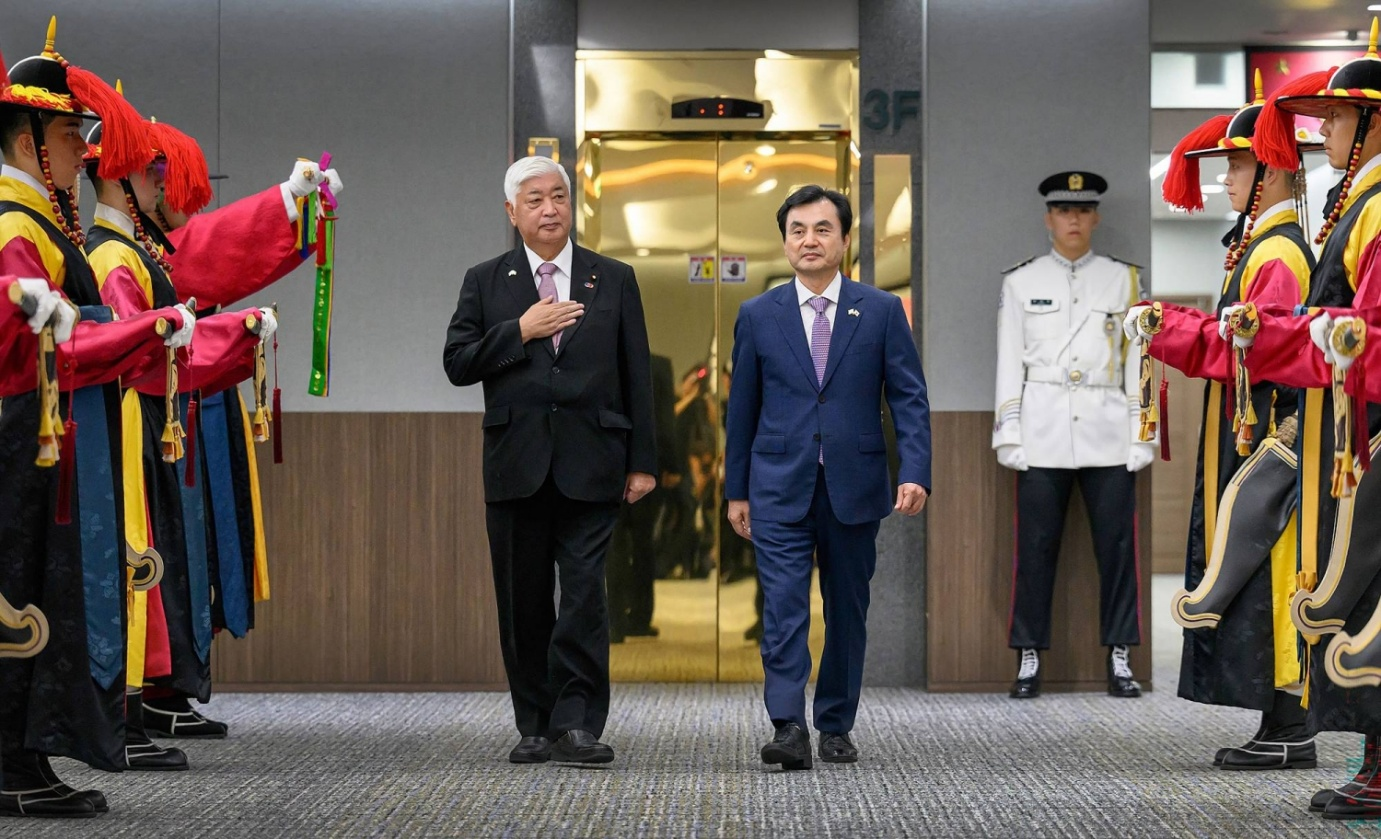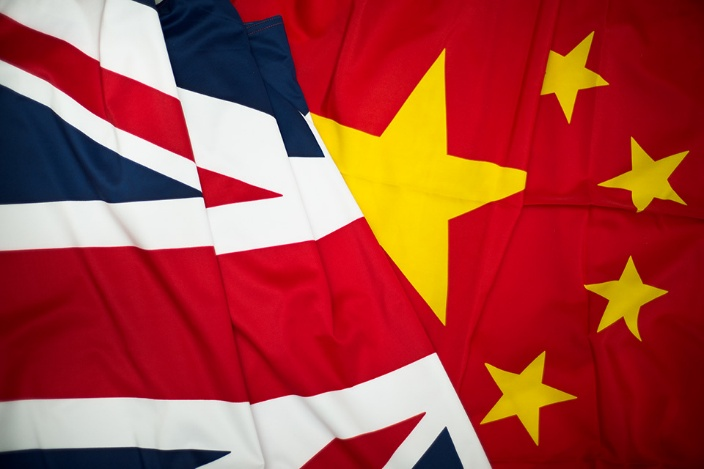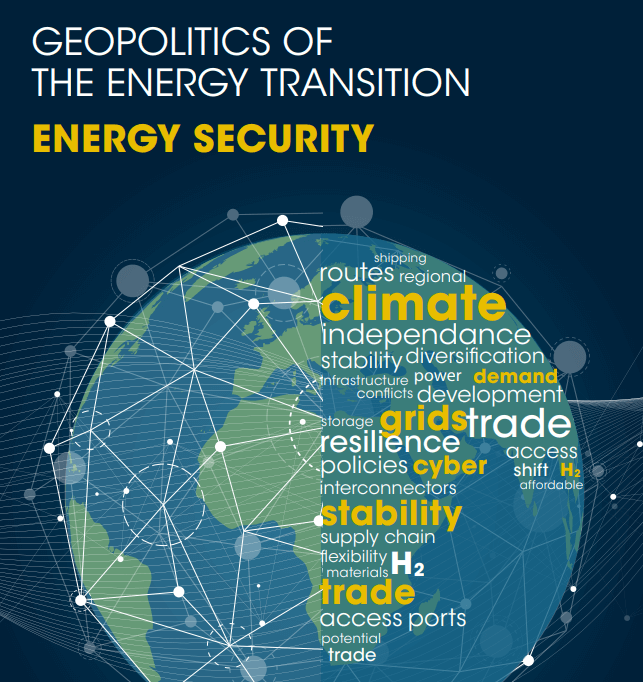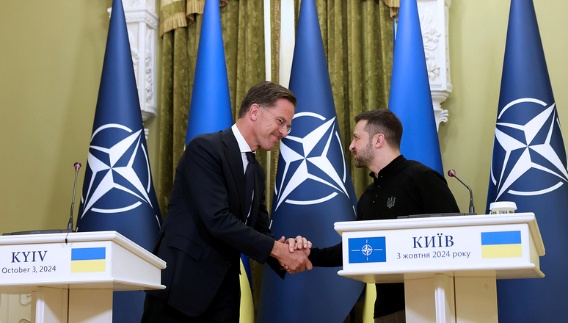
The Two Koreas: A Permanent Division or a Pause in Reunification?
In January 2024, North Korean leader Kim Jong-un made a startling announcement: he declared that the existence of two Koreas—the Democratic People’s Republic of Korea (DPRK) in the north and the Republic of Korea (ROK) in the south—had become permanent. This declaration marked a significant departure from the long-standing goal of reunification that had shaped inter-Korean relations for nearly 80 years. Kim’s new stance, coupled with his regime’s increasing military assertiveness, has profound implications for the stability of the Korean Peninsula.
Historical Context and Kim's New Policy
For decades, both Koreas have maintained the objective of eventual reunification, despite deep-seated hostilities and periodic escalations. This aspiration was symbolized by various agreements and the Monument to the Three Charters for National Reunification in Pyongyang, which Kim Jong-un ordered demolished by the end of January 2024. The North Korean Supreme People’s Assembly quickly endorsed this shift, signaling a firm and official departure from the reunification agenda.
This policy shift comes at a time when North Korea has been enhancing its military capabilities, notably its missile and satellite launch programs. Since autumn 2021, North Korea has accelerated its development of ballistic missile technology, planning multiple satellite launches in 2024. Additionally, Kim has advocated for an ambitious military modernization program, further increasing regional tensions.
Drivers Behind the Policy Shift
Kim Jong-un’s decision to abandon reunification can be seen as a response to a series of developments that he perceives as threats from South Korea and its ally, the United States. Key among these is the Washington Declaration of April 2023, which led to the establishment of a Nuclear Consultative Group between the U.S. and South Korea. This group aims to jointly plan and implement responses to North Korean nuclear threats, a move Pyongyang views as highly provocative.
Moreover, the expansion of the UN Command and increased U.S. military presence in the region, including the deployment of nuclear-armed submarines to South Korean ports, have exacerbated North Korea’s sense of encirclement and threat. Kim has largely blamed South Korean President Yoon Suk-yeol for the deterioration in inter-Korean relations, accusing his conservative administration of provoking North Korea through its alignment with the U.S.
Domestic and Strategic Implications
Domestically, Kim’s pivot serves multiple purposes. By emphasizing external threats, he seeks to divert public attention from the severe economic challenges exacerbated by his mismanagement of the COVID-19 pandemic. The closure of North Korea’s borders to combat the virus drastically reduced trade, tourism, and labor exports, leading to widespread shortages and economic hardship.
The new policy also reinforces Kim’s efforts to control South Korean cultural and political influence within North Korea. For years, South Korean pop culture has penetrated the North, challenging the regime’s ideological control. The pandemic provided an opportunity to clamp down on this influence by halting cross-border exchanges and reinforcing ideological barriers through laws like the DPRK Law on Rejecting Reactionary Ideology and Culture.
International Considerations and Strategic Calculations
Internationally, the timing of Kim’s announcement appears strategic, considering the upcoming legislative elections in South Korea and the U.S. presidential election. By escalating tensions and cutting off communication channels, Kim may be trying to influence South Korean voters and press opposition liberals to adopt a less pro-U.S. stance. However, this tactic is unlikely to sway voters who are accustomed to North Korea’s provocations.
Kim’s policy also reflects a broader geopolitical context marked by U.S.-China strategic competition and Russia’s war in Ukraine. These dynamics have reduced the willingness of major powers to pressure North Korea, allowing Pyongyang more leeway in its actions. Both China and Russia have shown increasing cooperation with North Korea, with Beijing declaring 2024 as China-DPRK Friendship Year and Moscow resuming tourism and trade ties.
Potential Risks and Consequences
While Kim’s abandonment of the reunification goal might reduce the immediate risk of forcible reunification efforts, it introduces new risks. The heightened military posture and lack of communication channels increase the likelihood of clashes, particularly in contested areas like the West Sea. The persistent provocations on both sides, such as North Korea’s missile tests and U.S.-South Korea military exercises, continue to pose significant risks of escalation.
Domestically, repudiating the reunification goal could undermine the ideological foundations that support the Kim regime’s legitimacy. The vision of a united Korea has been a cornerstone of the Kim family’s political narrative. Abandoning this vision might lead to internal questioning, although the regime’s authoritarian control makes any significant dissent unlikely.
Kim’s policy shift also complicates North Korea’s efforts to diversify its international partnerships. Historically, North Korea has leveraged improvements in inter-Korean relations to engage with the U.S. and seek concessions. By distancing itself from South Korea, Pyongyang limits its diplomatic options and increases its dependence on China, with Russia unable to provide significant economic support.
Long-Term Strategic Outlook
Looking ahead, North Korea’s military developments pose long-term challenges for regional stability. The advancement of missile technologies, including solid fuel for long-range missiles and miniaturized nuclear warheads, increases the potential for destabilizing actions. These developments necessitate a robust deterrence and containment strategy from South Korea, the U.S., and their allies.
Despite the current tensions, a return to diplomacy will eventually be necessary to manage the risks posed by North Korea’s military capabilities. Crafting a diplomatic approach that addresses North Korea’s security concerns while preventing further proliferation and escalation will be crucial. This approach will require careful planning and coordination among regional and global powers.
Conclusion
Kim Jong-un’s declaration of the permanence of the two Koreas marks a significant policy shift with profound implications for the Korean Peninsula. While it may reduce the immediate threat of forcible reunification, it introduces new risks and complexities in inter-Korean relations and regional stability. Domestically, it serves to consolidate Kim’s control but also challenges the ideological foundations of his regime.
Internationally, the move reflects a strategic calculation in the context of broader geopolitical dynamics, with reduced pressure from major powers giving Pyongyang more room to maneuver. However, the long-term risks associated with North Korea’s military advancements underscore the need for a renewed diplomatic effort.
As the situation evolves, the international community must remain vigilant and prepared to engage in dialogue to mitigate the risks and work towards a stable and peaceful Korean Peninsula.

